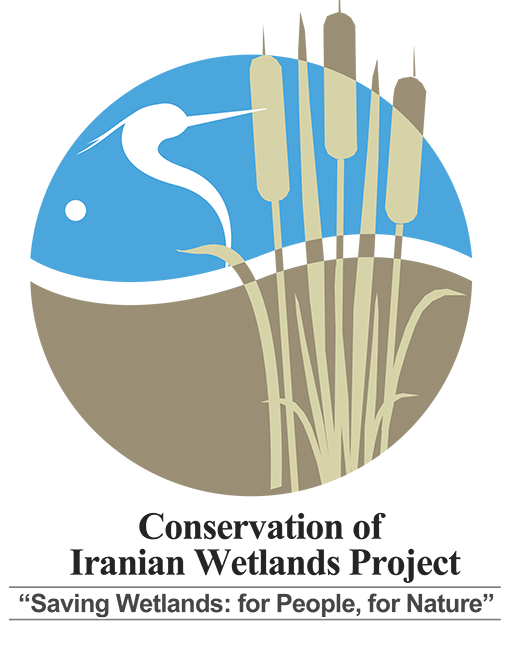
Wet-lands generally include swamps,marshes, bogs, fens, prairie pot-holes, seeps, vernal pools, pocosins,and similar areas. Most people caneasily identify some kinds of wet-lands, such as marshes, as beingwetlands. However, other kinds ofwetlands are not as easily identifiedbecause they may not be floodedand are often dry during part of theyear.All wetlands, however, areflooded or have water just belowthe ground surface long enoughduring the growing season todevelop oxygen-poor soils. This isimportant because almost all ani-mals and plants use oxygen toconvert sugar, protein, and otherorganic molecules into the energynecessary to grow and survive.Normally, when bacteria andmicrobes in the soil decomposedead plants and animals, the oxy-gen that they use is replaced fromthe air. However, oxygen movesthrough the water about ten thou-sand times slower than the air.When a wetland or “hydric” soil issaturated or flooded, the oxygenused by the bacteria and microbesis not replaced fast enough. As aresult, most plants cannot growthere because they do not haveenough oxygen for their roots